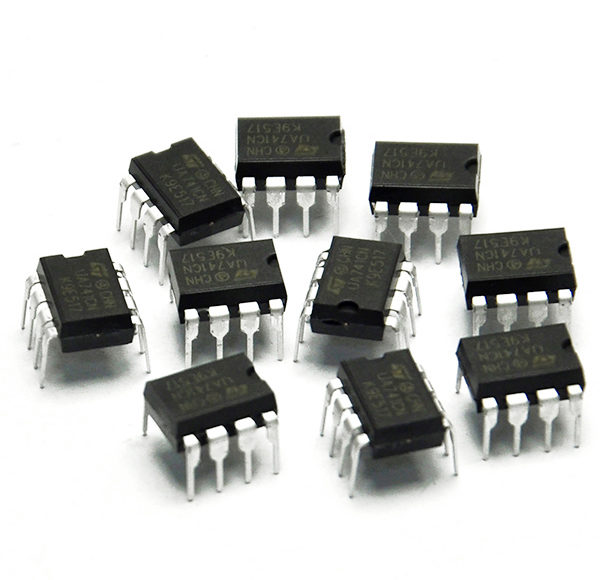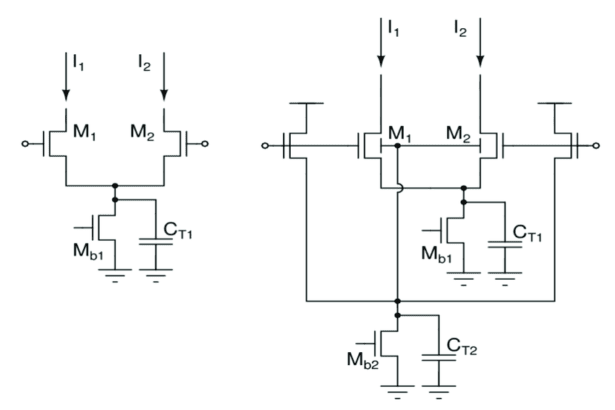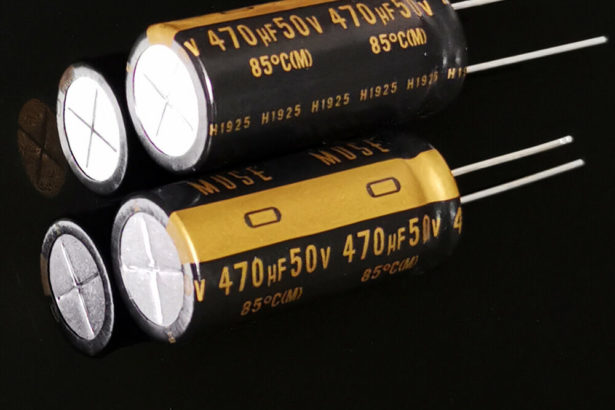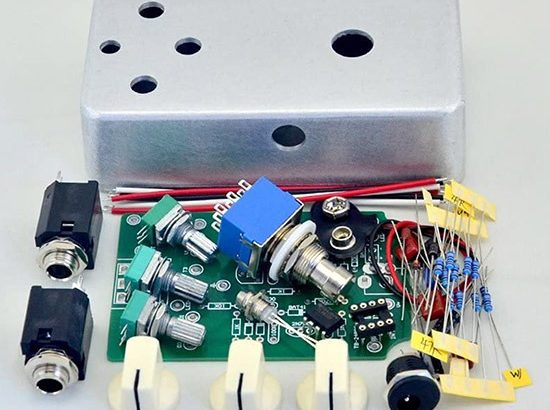Op-Amp: an Audio Purist Public Enemy?

Op-amps are used everywhere today, especially in audio design because of their outstanding price-performance ratio against discrete components. But in the premium audio purist world, op-amps are often considered as little daemons, children of the Mass Market Beast.
Are op-amps actually the worst public enemies of premium hi-fi aficionados?
To my knowledge, the first silicon op-amp was the uA709 from Fairchild, launched in the sixties. The universal op-amp fame came with the LM741 that every serious hobbyist or professional circuit designer has soldered before having its first date. The LM741 was an interesting piece of silicon but with a slew rate of less than 1V/us, hi-fi audio bandwidth was not reachable. During the 70s, no op-amp could compete against a discrete BJT Class-A design.
Op-Amps Specifications
Let’s take a look at the technical key features of op-amps that you should always check :
- The ‘input’ technology: JFET or BJT. BJT are the best regarding voltage noise. JFET are the best in terms of input impedance.
- The noise: It can be a voltage noise or a current noise. We have now op-amps with noise less than 1nV/√Hz.
- The Common-Mode Range (CMR): It’s the voltage range where the op-amp can guarantee a differential operating mode. It’s typically not a big issue except for some op-amps. Poor CMR can generate clipping. With the JFET op-amps, it’s possible to get phase inversion. So just check.
- The slew-rate: Most of modern op-amps have a slew-rate higher than 10V/µS which is quite sufficient for the audio bandwidth. For high-end premium audio, the higher, the better.
- The distorsion: For high-end premium audio, it’s definitely the key factor. At Voltanode, we have selected (and tested) a list of the best op-amps for distorsion. They’re not cheap and come often from the military or spatial domains but never forget that op-amp distortion is mainly internal (no ‘external’ fix for a poor op-amp…). Don’t forget to decouple the power supply with a capacitor very close to the component.
- The load driving capability : A feature which is extremely important if used in output stage (with gain) with variable loads (from 50 to 600 Ohms)
- The bias current: Bias current is in fact the input transistor base currents. With BJT, it can be a source a noise when flowing through a resistance and it may even generate bad DC offsets. With JFET it is less disturbing but the bias current doubles every 10°C.
- The input offset voltage: by definition, most op-amps have differential inputs and output voltage should be 0V if the two inputs have exactly the same voltage. In reality, there is always a few millivolts difference, which requires DC blocking. For high-end premium audio, the lesser, the better. Don’t forget that DC blocking uses capacitor in the signal path which is not desirable. Check the value regarding the temperature. Some op-amps have nice typical input offset voltage but these values are poor at some temperatures.
Now, let’s look at specifications of some well-known op-amps against their discrete audio-optimized competitors.
| Sparkos | Weiss | NE5532 | LME49723 | LM4562 | OPA827 | OPA2134 | |
| Techno | Discrete | Discrete | BJT | BJT | BJT | JFET | JFET |
| Noise (nV/√Hz at 1kHz) | 3 | 1 | 5 | 3.6 | 2.7 | 4 | 8 |
| CMRR | N/A | 130 dB | 100 dB | 100 dB | 120 dB | 126 dB | 100 dB |
| Slew Rate | 20 V/µs | 50 V/µs | 9 V/µs | 8 V/µs | 20 V/µs | 28 V/µs | 20 V/µs |
| Distorsion | N/A | -152 dB | – 94 dB | -114 dB | -130 dB | -128 dB | -122 dB |
| Load Driving | 13.5 V | 27 V | 26 V | 13.5 V | 13.6 V | 15 V | 11.7 V |
| Bias Current | 4.5 µA | ±60 nA | 800 nA | 200 nA | 10 nA | 10 pA | 5 pA |
| Offset Voltage | ±250 µV | ±10 µV | ±4 mV | ±300 µV | ±100 µV | ±150 µV | ±1 mV |
So, what’s the point? The discrete are best of the breed for almost all specifications, especially the outstanding Weiss product, Swiss-made. BUT, frankly speaking, with op amps like the LM4562 or OPA 827, it very difficult to ‘hear’ the difference because these little bugs have outstanding specifications. Chance are that the overall design has more impact on audio quality.



